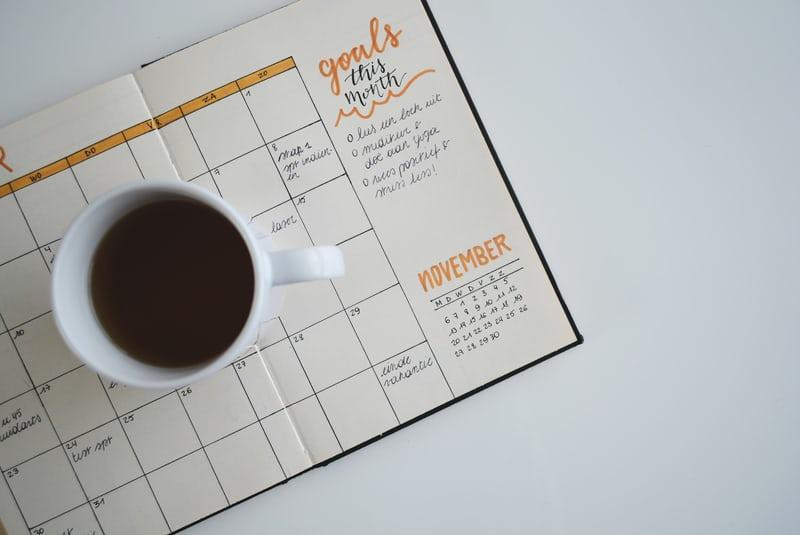The field of behavior science studies how we make decisions in our daily lives. From their wealth of research they have discovered that much of what we do each day is automated, or habitual. If your daily choices aren’t helping you accomplish your goals, behavior science tells you how to change your environment to meet your goals.
Statistics vary but about half of your daily choices are habits. A habit is a response to trigger or cue in your world that tell you what to do next. Because of this, your environment – the world around you – has a significant impact on whether or not your behaviors are aligned with the things you are trying to accomplish. Therefore, if you change your environment you can change your response to the cues to help you meet your goals. Here are three ways to change your environment to meet your goals.
Make it Visible
As your brain scans your world for clues about how to act, visual cues are effective reminders to help you meet your goals. Keeping healthy foods on the counter or at the front of the fridge, leaving dental floss on the bathroom counter, or having a water bottle on your desk are a few examples of how visual cues help support your desired behavior. The human brain seeks to preserve energy, so decision making often defaults to the easiest choice, which is often what you see first. You can change your environment in these small, subtle ways to reinforce the healthy habits you are adding to your day.
Make it Invisible
Since visual cues reinforce habits then removing the cues from your environment is the first step to breaking a less desirable habit. Pushing the “junk” food to the back of your cabinets or fridge, leaving your phone in a different room while you work, or deleting apps are some examples of how to rearrange or change your environment to meet your goals. Healthier food choices, better work habits, and greater productivity are easier without the triggers that cause you to act in opposition to your goals.
Choose a new path
You have a well-worn path through your morning, your drive to work, and even your general workday flow. While the details may change from day to day, the structure is largely the same. This pathway shapes whether or not you are meeting your goals. For example, if you want to save money or drink less caffeine (or both!) but you drive past a coffee shop every day, then changing your route to work will help you avoid the temptation to stop. Or if you want to workout in the morning but get distracted when you enter your kitchen, go directly outside for your run after getting dressed instead. Identifying your normal path is the first step to change your environment to meet your goals.
If you are struggling to meet your current goals at work or in life, take a look around you. You are surrounded by clues about how to change your environment to meet your goals. Making your daily triggers more visible, less visible, and choosing a new path are three ways you can shift your surroundings to work for you instead of against you.
